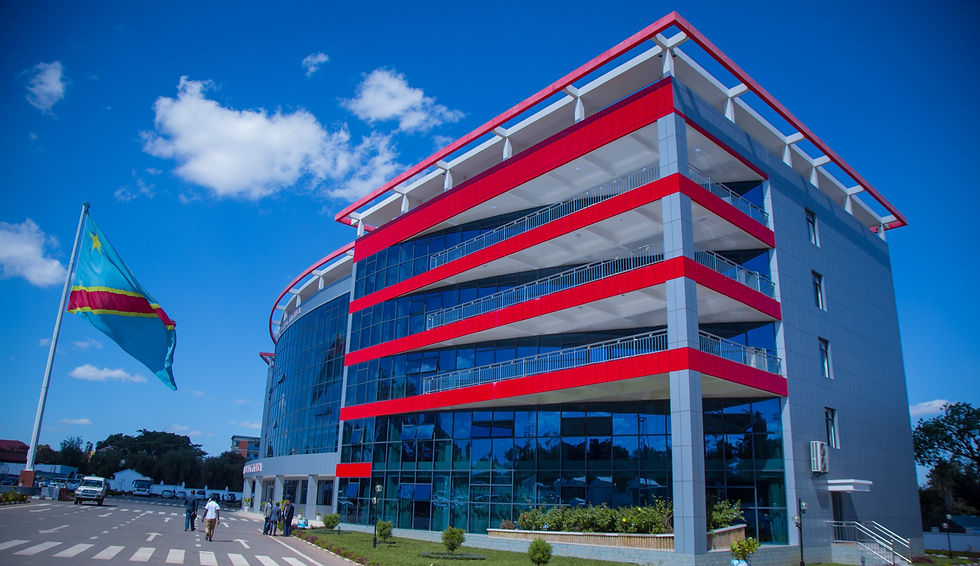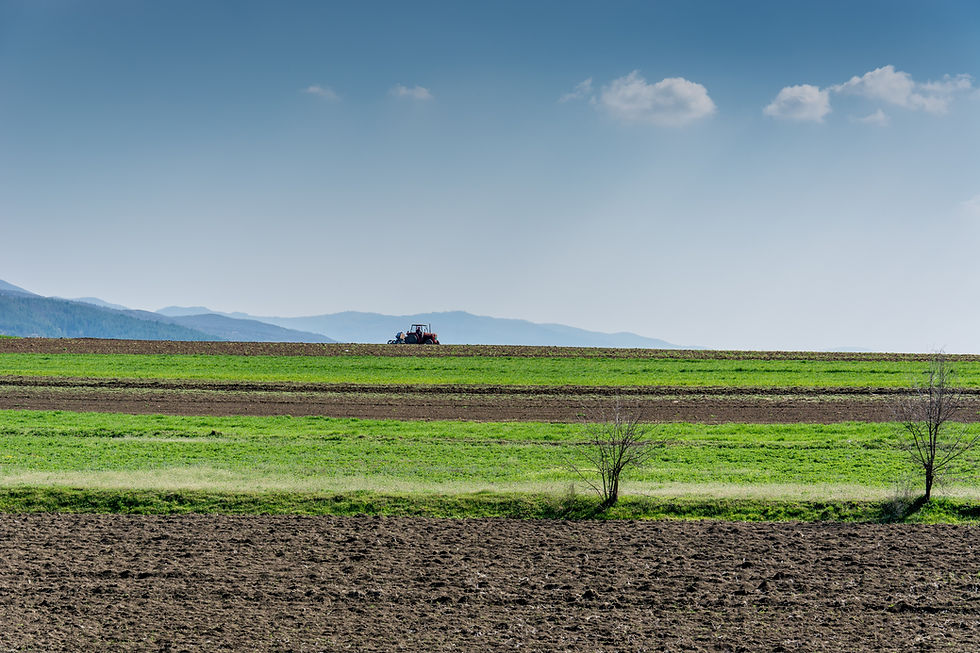Investing In The Democratic Republic of Congo
- Lucien mwamba

- Apr 20, 2021
- 4 min read
Updated: May 9, 2021

Overview: Despite being the second-largest country in Africa, with an approximate area of 2.3 million square kilometres (890,000 sq mi), and being endowed with rich natural resources, the DRC is the second-poorest country in the world.[1] The average annual income is only $785 US dollars.[2]
In 2019, the United Nations (UN) Human Development Index (HDI) ranked the DRC as the 175th least-developed country out of 189 countries with an HDI of 0.480.

The Democratic Republic of the Congo (DRC) is the second largest country in Africa and potentially one of the richest in the world in terms of natural resources. With 80 million hectares (197 million acres) of arable land and 1,100 minerals and precious metals, the DRC has the resources to achieve prosperity for its people.
The country possesses untapped resources that attract investors and could make it a giant in the African and global economies, but it occupies the 184th place (of 190) in the World Bank’s Doing Business 2019 report.

Overall, businesses in the DRC face numerous challenges, including fragility of functional infrastructure and alleged corruption at all levels of government. Though, the election of President Felix Tshilombo Tshisekedi has raised the hopes of the business community in the DRC, and there is optimism that this change in leadership heralds the beginning of a new era of transparency in the country.

The primary minerals sector is the country’s main source of revenue. Copper, cobalt, gold, coltan, diamond, tin and tungsten, along with oil from offshore fields, provide over 95 percent of the DRC’s export revenue.
The agricultural sector and the forestry sector present opportunities for economic diversification in the DRC. Agriculture is the mainstay of the economy, as it employs approximately 60% of Congolese. The National Strategic Development Plan (NSDP), currently being finalized, plans to use agricultural transformation to advance the DRC into a middle-income country by 2022, including through the establishment of agro-industrial parks in the country’s various regions, which will take into account the interests of small producers. The industrialization of the forest-based sector would strengthen diversification efforts.
With regard to the secondary economic sector, several breweries and bottlers, a number of large construction firms, and limited textiles production are currentlyl active.
The tertiary sector includes retail and wholesale sales, banking, transport and communication components. Micro commerce dominates the retail sector; the banking sector is small in terms of capitalization, but diverse in terms of ownership; the highly competitive telecommunications industry is expanding into electronic banking.
Major opportunities The business environment requires some zeal and determination. But returns are to be made and risk is definitely overstated. Here’s a look at some of the top investment opportunities DRC: Agribusiness

Given the DRC’s sizeable land mass – 227 million hectares – the Congolese still endure a system that provides an insufficient amount of crops. The main agricultural exports in terms of value – unmanufactured tobacco, green coffee, sugar, wheat and dry rubber – still have great potential, as commercial agriculture is limited. Most farmers are still subsistence or small-scale. A lack of manufacturing and packaging infrastructure hinders the country’s ability to move the value chain further onshore and capture greater profits and rewards for the farmers. The livestock and fishery sectors have the highest potential. Imported frozen chicken and fish are the norm in the DRC. The cost of chicken and eggs in Kinshasa is approximate twice the price you would pay in South Africa. The same story applies to milk and cheese. Both poultry and dairy suffer from a lack of capital and outdated equipment. Boosting production and lowering costs is the name of the game. Most of the DRC’s urbanized population are seeing gains in income but are still waiting for lower prices in order to meet their greater consumption needs. The cost of eating anything in the city is high, says Joseph and Patrice, but we need a lot more capital and advanced equipment and technology to change the situation. Mining

Mining in the DRC is full of returns. The first step is understanding the regional politics and operating costs. Transparency has vastly improved. Licenses and tariffs are not left to chance. Investors must still address human capital issues and management. But an anxious and interested labour force is ready to learn. Equipment, expertise and capital are the inside track for investors. Copper grabs the news spotlight but value opportunities exist in diamonds, gold and manganese.
Logistics & Warehousing

The DRC’s transport infrastructure is vastly underdeveloped. Previously built infrastructure is now decrepit after years of mismanagement and war. Given these conditions, reliable and capable transport and warehousing is in high demand. Margins are high, says a private equity executive looking at the county, but challenges still remain. Cement imports and mineral exports require a change in the sector. Dependent on the current infrastructure, both heavy construction and mining struggle to reach full potential. Transport and warehousing are necessary to access the most volatile or remote parts of the country. This does mean that you are in danger zones, adds the executive, but it does mean that the infrastructure you encounter is extremely subpar. With Kinshasa and Lubumbashi at opposite ends, a lot still must happen throughout the country.
Stories of war and poverty have plagued the DRC for years. Yet one stop in Kinshasa tells you a different story is unfolding there.

Comments